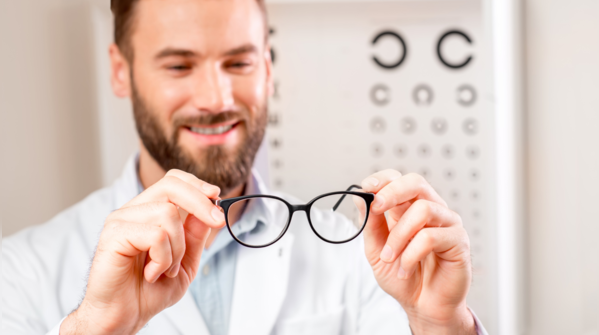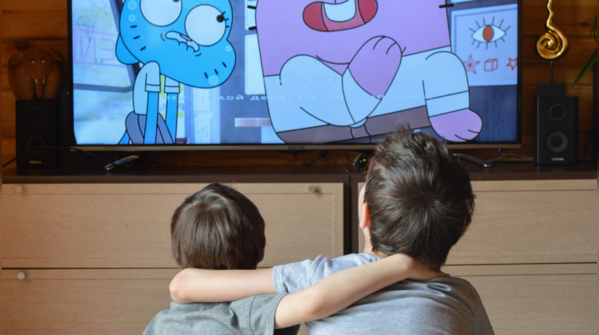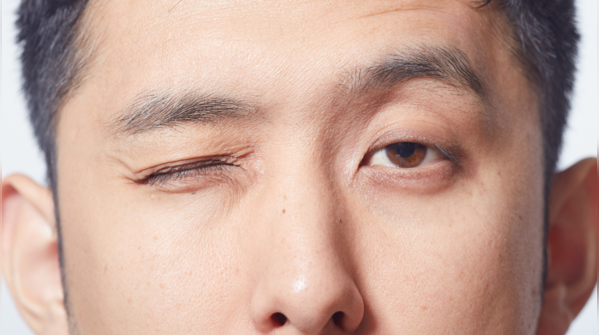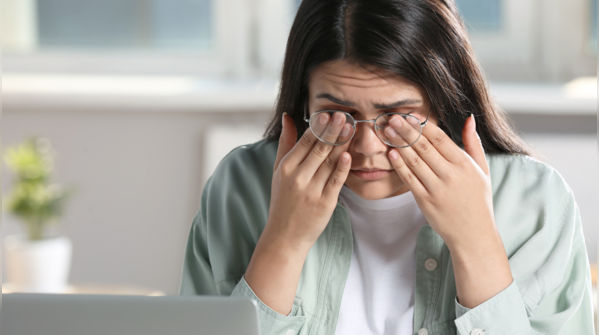
1/7
Wondering if it's time for glasses? Here are 6 key signs
Our eyes are quite an essential part of our daily lives, but it's easy to overlook when something isn't quite right. It could be that squinting, straining, or frequent headaches are simply seen as part of the routine. However, these could be signs that eyeglasses are needed. Knowing when to visit a doctor for an eye exam can prevent unnecessary strain and improve overall eye health. Here are 5 signs to look for that can indicate it's time to see a doctor about getting eyeglasses.

2/7
Frequent squinting
While squinting can be a temporary fix to try and focus, it’s a clear sign of vision issues. If squinting becomes a regular habit, it might mean that the eyes are straining to focus clearly. This could indicate that it’s time for a professional eye checkup to see if eyeglasses are necessary. Constant squinting can lead to eye fatigue and even headaches.

3/7
Headaches after reading or using devices
Headaches are considered common after long hours of reading or looking at a screen. While it’s true that staring at screens or reading for long periods can lead to headaches, persistent or recurring headaches might suggest vision problems. If headaches are happening regularly after such activities, it’s worth checking the eyes. This could indicate that focusing is becoming difficult, and eyeglasses could help alleviate the strain.

4/7
Tilting the head often
Tilting the head while trying to focus on something, like watching TV or reading, might seem harmless. But it could actually be a way of compensating for a misalignment in vision. Sometimes, one eye might be working harder than the other, or there might be a slight imbalance that glasses can correct.

5/7
Closing one eye to focus better
Some people subconsciously close one eye to see more clearly, especially when reading or looking at distant objects. This can be a sign of amblyopia (lazy eye) or other binocular vision issues, and glasses may be needed to support both eyes in working together effectively.

6/7
Sitting too close to screens or holding books very near
When someone starts moving closer and closer to the TV or holds a book right up to their face, it might not be just a habit. It could indicate nearsightedness (myopia), where distant objects appear blurry. Eyeglasses can help correct this and bring things back into clear view from a normal distance.

7/7
Rubbing the eyes frequently
Frequent eye rubbing isn’t always about allergies or fatigue. It could be the eyes’ way of reacting to strain or discomfort from blurred vision. This is especially common in children who can’t always express when something feels off.
Follow Us On Social Media

 1 month ago
92
1 month ago
92




























 English (US)
English (US)